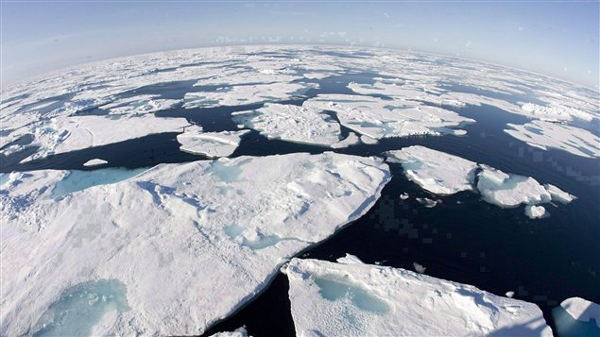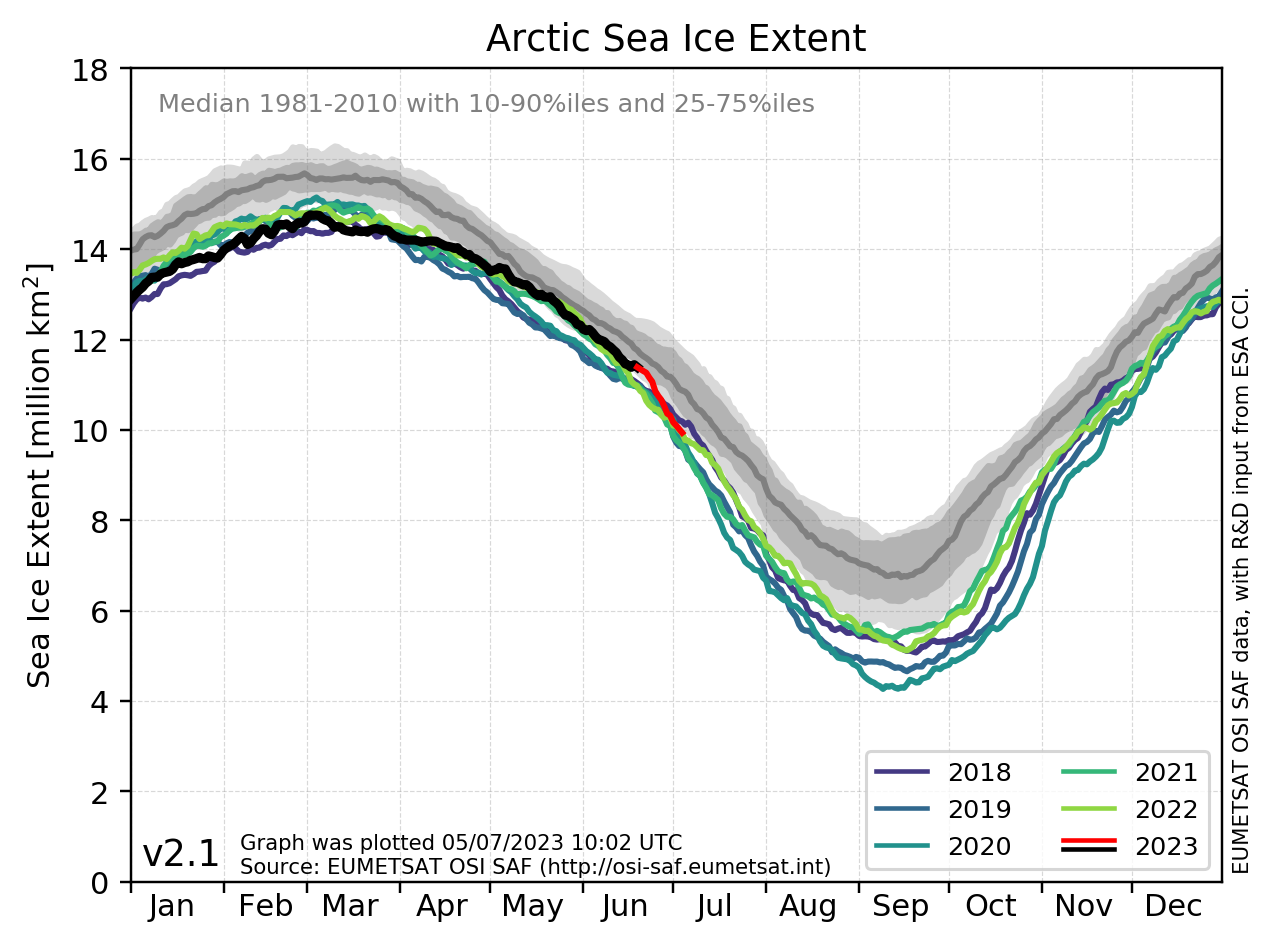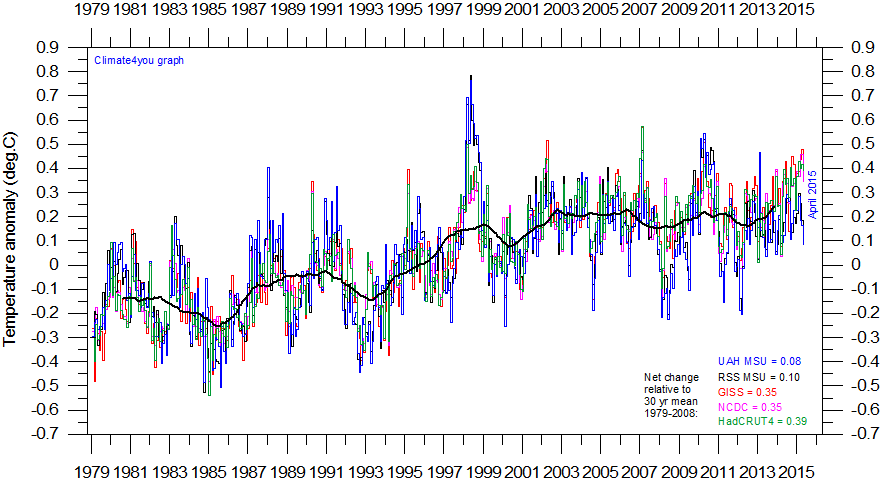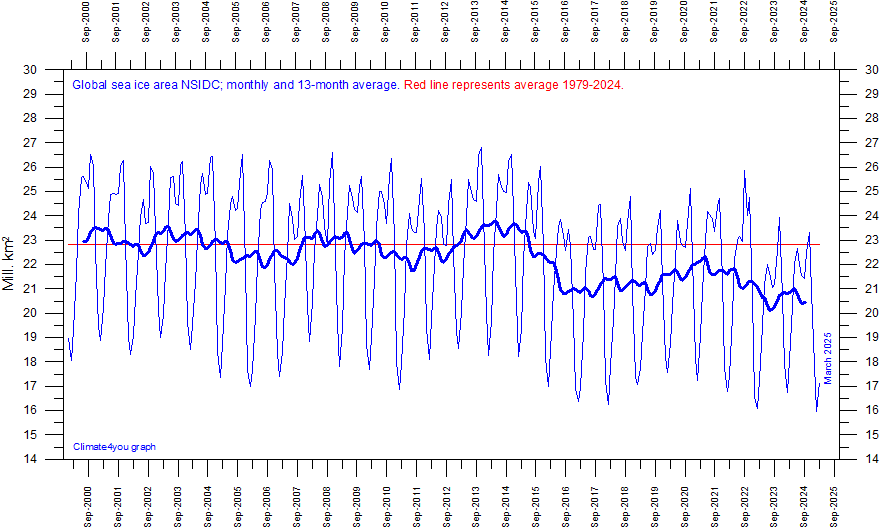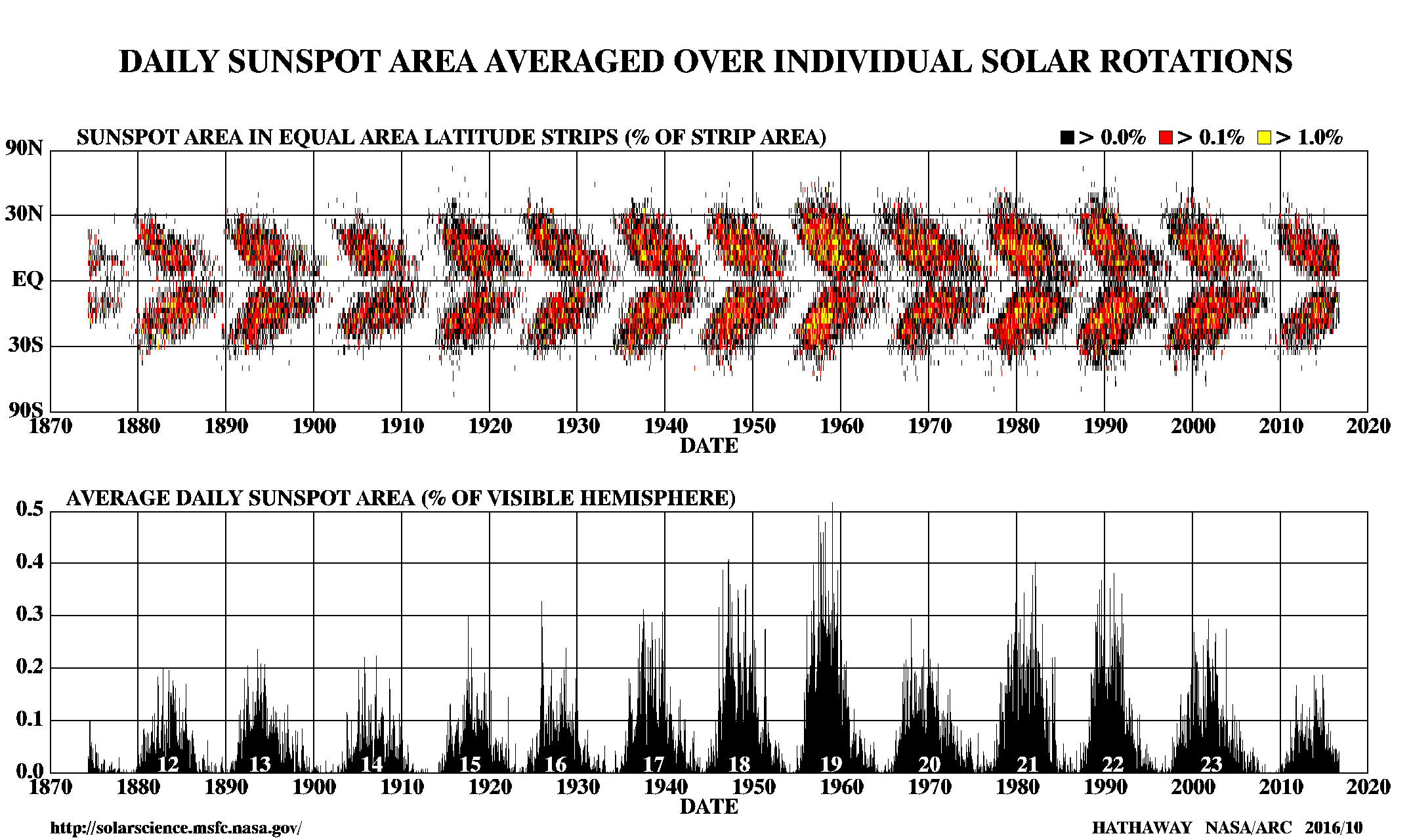Presented by Laura Samuelson for the Carrie M. McLain Memorial Museum.
Here is a Christmas treat from the archives of the Carrie M. McLain Memorial Museum. This story originally appeared in “The Aurora, ‘14” the yearbook published by the students of the Nome High School for the year 1913-1914 in Nome, Alaska. Just over 100 years ago, the First Class City of Nome, Alaska experienced its first documented “one hundred year storm.” We have experienced quite a few nasty Bering Sea storms in recent memory. Read on to see how they stack up against what eyewitness Ingeborg Stevenson MacMillan called, “The tsunami that hit our shores.” Museum notes are italicized in parenthesis.
Nome’s Big Storm October 5, 1913 By George Schofield, Class of 1916, Nome High School On October 5, 1913, the delayed equinoctial storm burst in all its fury upon the town of Nome, on the Bering Sea. For two days a heavy on-shore gale had been blowing from the southeast and the surf was running high. “Old timers” spoke of the big storms of 1900 and 1902 and seafaring men looked at the steadily falling barometer, wisely shook their heads and murmured of greater things to come.
As the night grew later, the wind increased until it attained a velocity of over sixty miles an hour. The sea rose ten feet in four hours and still continued to rise and it seemed as if the city were doomed. Immense lighters were torn from their moorings and hauled shoreward on the crest of mighty waves to become great battering rams destroying docks, breakwaters, buildings and every obstruction in their path.
The merchants were unprepared believing until the last minute that their buildings were safe. Without warning a mammoth wave swept the backs of the buildings on the south side of Front Street, breaking them in and every available man and team were in demand to move stocks of merchandise and household effects from the threatened buildings.
Many waited until too late and were unable to reach their goods stored in basements and warehouse buildings facing the sea. The water rushed in under the buildings lifted the floors high into the air, and then retreating let them fall into place again, until they were eventually broken into pieces. A Chinese laundryman, hoping to keep his floor in place, weighted it down with large rocks. To his surprise, the next wave hurled the floor, rocks and all high into the air. Buildings were falling and flues tumbling in every direction and fear of a new enemy arose—that of the companion of floods—fire. A fire patrol was organized All fires on the doomed south side of Front Street were ordered to put out. The only exception to this being that in the North Pole Bakery, where the bakers stood all night in the water, baking bread for tomorrow’s hungry.
“Snake River Bridge is going out,” came the warning cry to the people of the “Sand Spit.” To some the warning came too late or was not heard and many were compelled to camp for hours without food or shelter on the highland to the westward, as every means of reaching Nome was cut off.One man living on the “Spit” was awakened by the waves breaking into his cabin. Hurriedly arousing his wife, he had her tie their baby on his back and facing the heavy current, swam across Snake River. Just before reaching the opposite shore, he became exhausted and was about to sink when he was rescued. A boat was immediately sent back for his wife.
In spite of every effort made to save it, the bridge finally gave away before the jam of vessels, lighters, boats, and wreckage pressing against it and went out in the flood, carrying with it some of the main electric light cables. For a time it seemed as if total darkness would be added to the horrors of the night. Again and again the electric current would be cut off by the falling of poles and the crossing of wires and darkness would intervene for a few seconds. Hurried repairs would be made and the city again flooded with light. Through all the hours of the terrible night, the superintendent of the Electric Lighting Company and his assistants rode rapidly through the dangerous streets, watching and working to prevent fire and darkness.
The pumps of the city had already been covered with sand and the pumping station wrecked. The most incipient blaze in the high wind prevailing meant destruction to the city. The situation was appalling and when for a second, there was darkness and above the roar of the surf and the wall of the wind could be heard the grinding and crashing of buildings, the stoutest hearts were awed to supplication.
As the sea steadily rose, the “Sand Spit” disappeared and the river and the sea became one. Nearly every building was swept from the “Spit” even the big plant of the Pacific Cold Storage Company being practically destroyed. This company was one of the heaviest losers in the flood.
The Eskimo village was almost obliterated. River Street was swept clean, the waves rising so rapidly and cutting off retreat from the street so early, that many barely escaped with their lives and were unable to save anything. One man was seen to take two children on to the roof from which they were rescued at great risk, just a moment before the house toppled into the raging torrent.
When the storm was at its height, the cry arose that the bulkheads protecting the Elite Bath House and Hotel (a three story building) were gone and the building filled with people was in danger. The inmates were warned to leave at once and the last guest had barely escaped when the building was seen to waiver and then collapse, carrying everything with it into the sea. The next morning there was nothing to mark the spot where it had stood; the heavy boilers and all had been swept away. Even the largest timbers had been smashed to kindling wood.
Nothing was saved and nothing better serves to show the indomitable spirit of the people of this Northland than the answer of Mr. James when notified of their loss, by his wife over the long distance telephone. “Our building has tumbled into the sea and everything is lost.” The answer came back “ Don’t worry. As long as it had to go, I’m glad it’s all gone. It will save bothering with a lot of stuff.” This was from a man who had just lost over $50,000 ($1.2M in 2013 dollars).
Nearly every building along the south side of Front Street was badly damaged or destroyed. A section of the Fitzgerald Building, eighty feet in length was swept away. The Life Saving Station was smashed to pieces, these were piled in a heap, then covered with sand by the waves and with other wreckage formed a
barrier which protected the north side of the street from the force of the waves.
Towards morning the wind veered to the southwest and while it proved disastrous to the buildings along the south side of First Avenue West, by undermining them and toppling them into River Street, which had become a part of the sea, it cut down the waves and gradually the sea began to subside.
The morning after presented a sad sight. Houses were floating in the sea and river. The buildings on the south side of the street, which had not been totally destroyed, had had their end walls torn out and the waves were sweeping through to the street and carrying everything before them. On Front Street, where the wreckage was being cleared away, horses were standing in water to their breasts.
Men —homeless and hungry— were working in water waist deep trying to help others save something. Overall however, there hung the spirit of thankfulness that, bad as it was, it had been no worse. The “East End” suffered greatly not only by having the buildings on the south side of the street almost totally demolished, but from crude oil. The Steamer Elk, which for many years had lain on the beach, below the Standard Oil Plant, turned under the force of the waves, pointed her prow toward the hills and was carried as far as the north side of Front Street, where she now rests serenely as if to say, “Fear not little children; Noah has nothing over us. Am I not here and yonder Anvil Mountain?”
Owing to the heroic efforts which were made, but one life, that of C.V. Morrison, an old timer, was lost in the city of Nome. A different fate befell the poor unfortunate seamen who were at sea on small vessels. Sad tales came from up and down the coast. Many ships had been wrecked and these and the bodies of the unfortunate ones on board were washed ashore.
The little town of Solomon was totally destroyed and although there were no lives lost, the people suffered from harrowing experiences. Some floated around all night on hastily constructed rafts; others carried away on an unmanageable launch, were saved by a line catching on the top of a telephone pole, the water at this point having reached such a depth.
Many strange incidents, among them some of special interest, are related to the flood. A freighter at Safety Road House was forced to escape on a raft. Before leaving however, he took his horses into a log cabin where he tied them with their heads as high as he could pull them. Returning two days later, after the flood had subsided, he found them alive, although the water had been over their backs.
A mule managed to reach a high spot of land where he lived through the storm. Many malamutes would swim to the spot and try to get on too, but the mule recognizing them, as foes in time of peace of refuge, in time of storm and so would kick off every dog that tried to climb on. One of the lighters, as if trying to make amends after battering down several buildings, proceeded to slip under another which was about to fall, imbedded itself in the sand and there it now rests a unique and secure foundation.
The Eskimos seemed as much frightened as the townspeople. A miner coming in from the creeks met a native woman fleeing with her two children to the hills. When asked what was the matter, she said “ Oh! Heap big water —everybody drown— me afraid, me run.”
Down the coast, the action of the waves uncovered an Eskimo village, which had probably been buried for hundreds of years. But the wind changed and the heavy surf and shifting sands reburied it again. The mad waves and resistless undertow played many queer pranks. A heavy safe was washed from one building and carried eastward in the face of the storm and buried in the basement of another building. A piano from Nome was found at the Cape thirteen miles to the eastward, while part of the Solomon Railroad track was washed nearly thirty miles westward to Nome River. Meat from the Pacific Cold Storage Plant at Nome was picked up as far to the eastward as Solomon, thirty two miles away, while some also carried to the westward, up the Snake River.
For days the “Sand Spit” and Snake River were the favorite resorts of the natives, who were busy collecting fuel and salving meats and supplies (“kow-kow”) for the winter. Snake River was filled with every conceivable kind of wreckage, including tugs, barges, boats, houses, coffins and floating in the conglomerate mass was to be seen, many tons of beef, crates of ham, bacon and eggs.
One of the most gruesome results of the storm was the washing out of the oldcemeteries at Nome and Solomon. Over fifty bodies were recovered and reburied. It is said that a miner thought he heard *knocking at his cabin door and upon opening it an upright coffin fell into the room. The coffin had been tossed against his door by the waves.
The storm caused many changes in the channels of the rivers and the contour of the beach, widening it in some places and narrowing it in others. After the storm, the financial loss was found to be over a million dollars ($23.6M in 2013) and that it would take Nome some time to recover. The merchants, who were the heaviest losers, went to work with a will and soon were doing business at the “old stand” but in buildings shorter than before.
Although not the heaviest losers financially, those who lost all—home, furniture, clothing and winter supplies—felt it the most. But they too proved themselves to be of worthy metal and with little complaining, started in to do the best they could.
Everyone was anxious and willing to do all in his power for others. The spirit of good will and helpfulness was abroad; and for the time being forgot their differences and worked in a common cause— the rebuilding of their city. The people of Nome have proven themselves so helpful and self-reliant that already the town is recovering and soon, indeed, the “Big Storm of 1913” will be a matter of history only.
1913 Storm Photo Courtesy of the Carrie M. McLain Memorial Museum
WHAT A MESS —“The “East End” of Nome suffered greatly not only by having the buildings on the south side of the street almost totally demolished, but from crude oil.”



